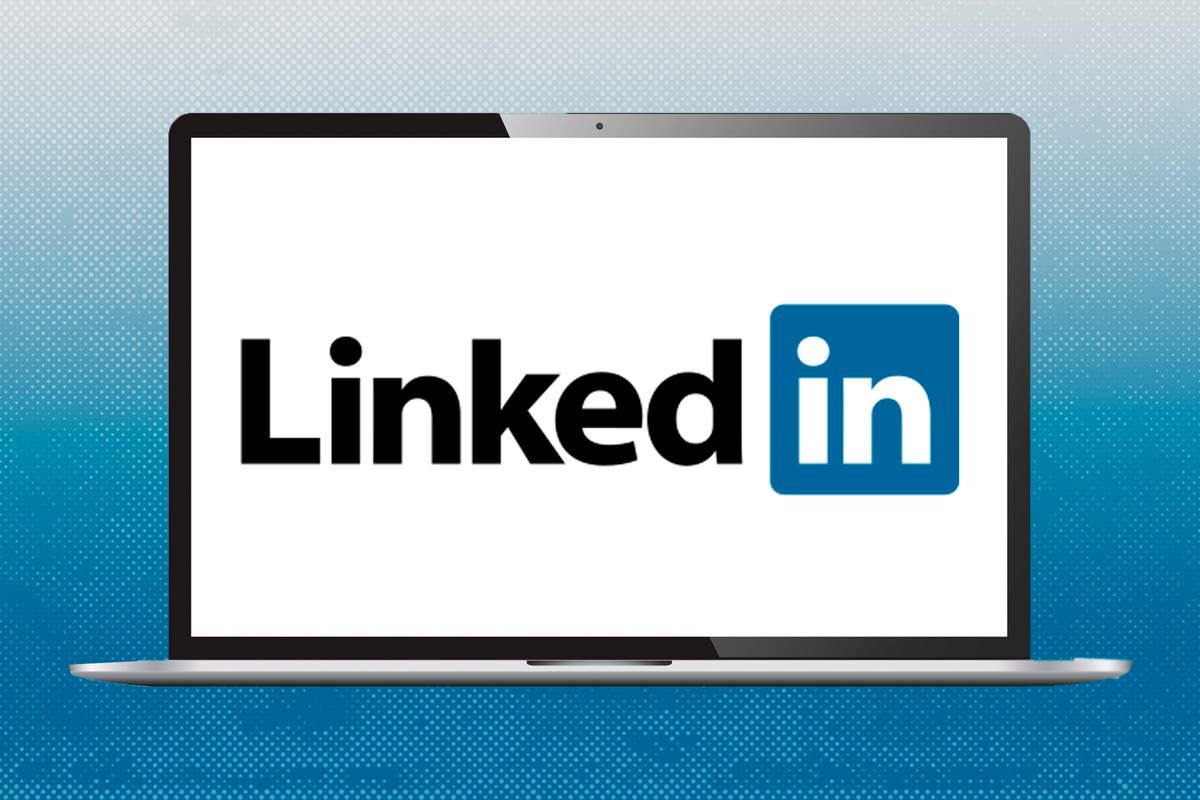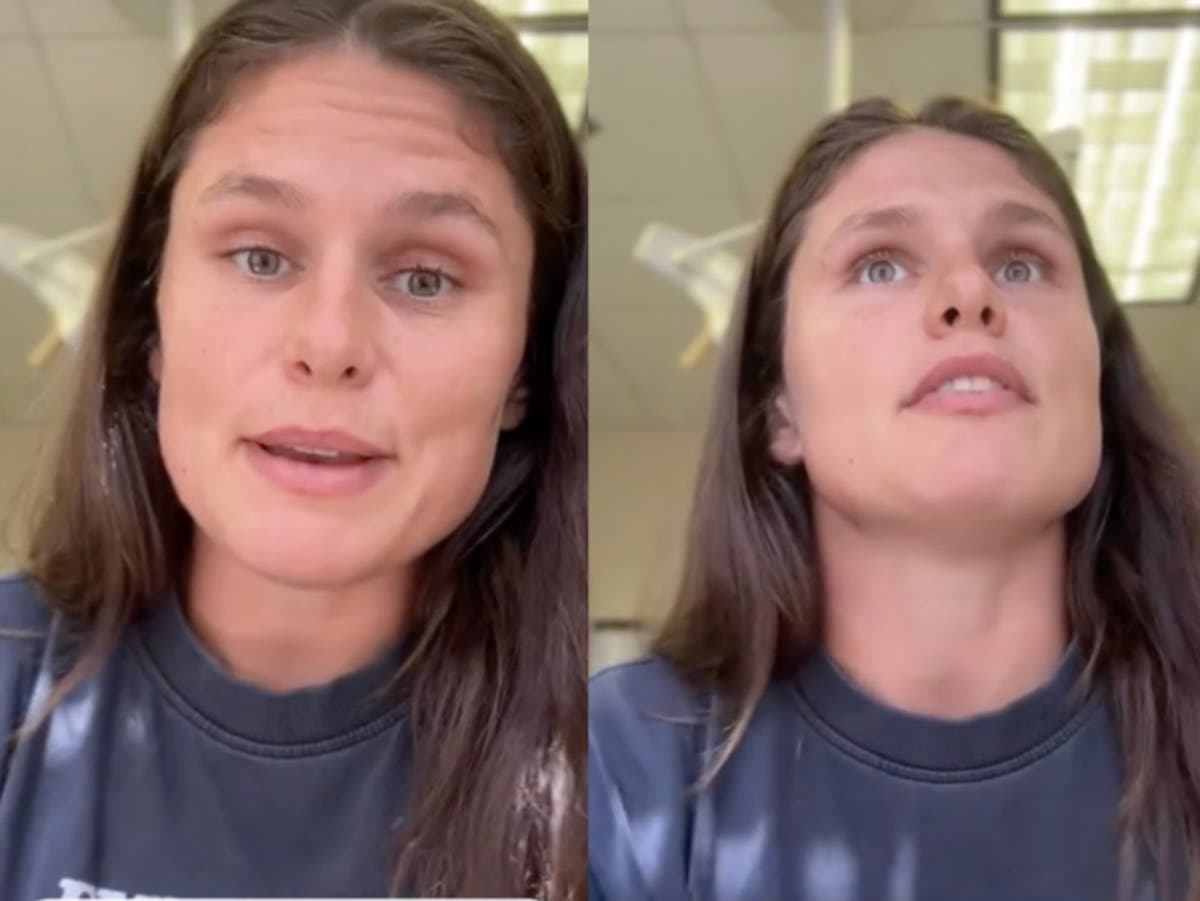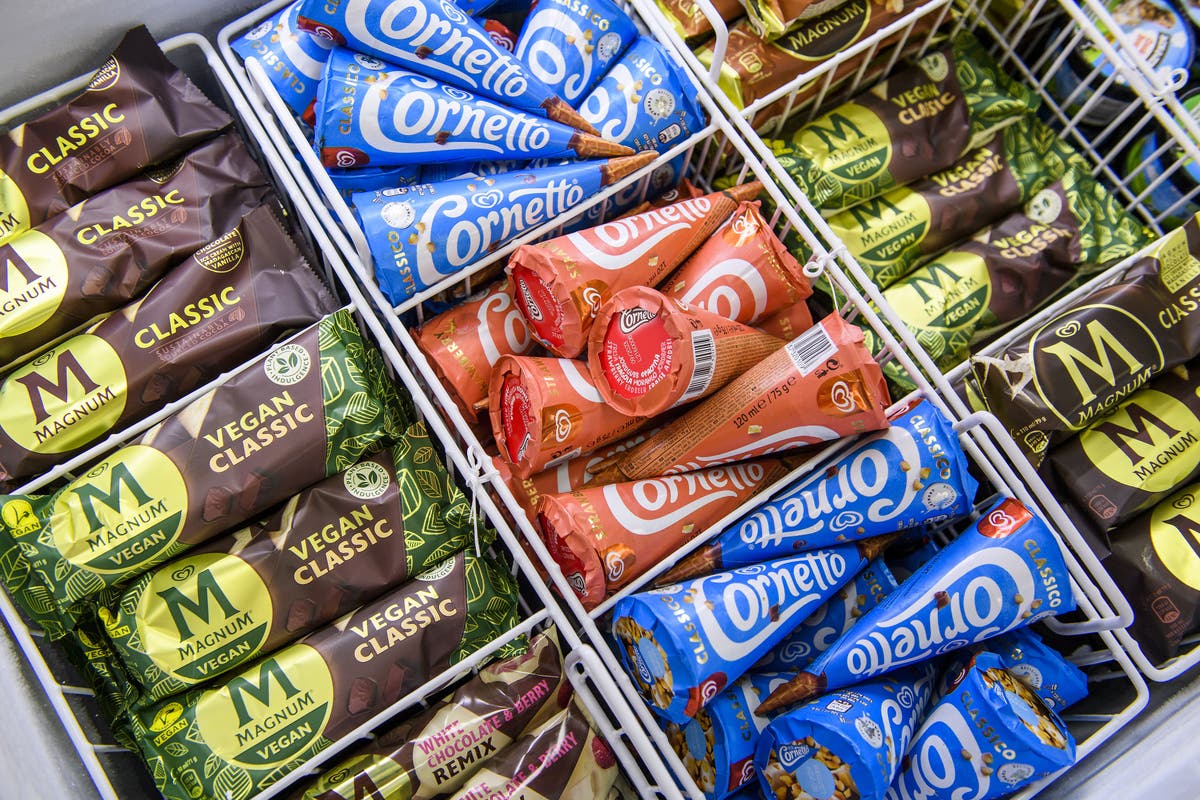Truly support
independent journalism
Our mission is to provide unbiased, fact-based reporting that holds the powerful to account and exposes the truth.
Whether it's $5 or $50, every contribution counts.
Support us in offering journalism without agenda.
YoIf you've ventured into LinkedIn recently, you may have noticed that things have gotten a little, well, weird. There was a time when the work-focused social media platform was a place where you could check out job postings, add details of your promotion a few months after the fact, and then wait for the “Congrats!” comments to come in from someone you met at freshers week (which has absolutely nothing to do with your career development). You may have gotten the occasional query from a recruiter, or, if you had a job, you might have gotten a lot of work done. Apprentice Candidates who want to sit in on the interview are asked to send a few “Let’s connect” messages to people in their industry. It was all pretty serious and formal – LinkedIn seemed a bit like the boring older brother of more straightforward platforms like Instagram and Twitter.
But now, the atmosphere has changed completely. Straightforward work updates have been eclipsed by a wave of long, rambling posts, in which managers, productivity coaches, and C-suite executives share emotion-laden anecdotes from their personal lives, only to leave you reeling when they change the subject and tell you how these events taught them something about leadership principles or management consulting. Romantic relationships, serious illnesses, cute things their kids may or may not have said — nothing is off-limits when it comes to mining their life story for information. Diary of a CEO-Noteworthy business aphorisms. What is possibly even more disconcerting is that posts of this genre regularly register thousands of likes and shares. LinkedIn, it seems, is now firmly in its era of shame. So how did we get to this situation? Is this strategy of relentless oversharing the new normal for social media?
LinkedIn launched in 2003 (yes, it predated Facebook and even MySpace) and remained fairly simple in its role as a space for workers to search for new jobs and show their CV to potential bosses. Sure, you’d see the occasional user monologuing about their experience through business adversity, but they seemed the exception rather than the rule. Plus, they tended to be people you already knew, rather than random productivity coaches who showed up unsolicited on your wall. The average LinkedIn person tended to be a bit like the version of you who spoke up in big meetings at work: a bit more polite and more likely to use shitty jargon to fill the void.
But during the pandemic, a definitive shift seemed to occur. Many of us ended up working from home for the first time, which blurred the lines between our professional and personal lives (even on a company-wide Zoom video call with a senior executive, you could hear a dog barking in the background or see a child accidentally pop in). As everyone struggled to make remote work, posting stories online about lockdown experiences became an easy way to humanize your professional persona by sharing a bit of vulnerability. Some people ended up facing a layoff or job insecurity — instead of simply searching for openings on LinkedIn, they could write candidly about their situation and hope it might catch the attention of a potential employer.
Bringing a modicum of excitement to the (online) working world wasn’t necessarily a bad thing. But when people started to realise that opening up online led to greater influence on LinkedIn (and, as a result, more people seeing their business), things really started to turn upside down. In 2021, LinkedIn introduced its new “creator mode”, a feature that helped emerging LinkedIn influencers grow their following by expanding their reach beyond their pre-existing networks. Since then, 18 million users have joined in, creating some truly mind-boggling “content” in the process – it proved so popular that its features are now available by default.
One of the most notorious viral posts came in 2022, when the CEO of a marketing firm named Braden Wallake decided it was a good idea to share a selfie of himself crying after laying off two members of his staff. “This will be the most vulnerable thing I share in my life,” he wrote, before going on to make the layoffs all about him. It was a strange misstep, but it didn’t do much to change the overall tone on LinkedIn. Workers posted photos of themselves sitting in hospital beds clutching their laptops to demonstrate their dedication to hard work; they revealed what the death of a beloved pet had taught them about resilience. Inevitably, Reddit threads and Twitter/X accounts like @TheStateOfLinkedIn popped up to catalogue some of the site’s nastiest posts. There's even a website that uses AI to generate your own inspirational parody story: you enter what you've done today, what inspirational advice you want to give, change the embarrassment level from low to high, and let the technology do the work.

True LinkedIn warriors also love to seize on a cultural moment and use it to construct a flimsy business analogy. Taylor Swift’s success on the Eras Tour has become a launchpad for thousands of unwieldy articles about the power of personal branding. Gareth Southgate’s rocky path through the Euros, with its ups, downs and learning moments, has been like rocket fuel for self-improvement fans. And Jude Bellingham’s 95th-minute overhead kick against Slovakia provided fodder for businesspeople to draw convoluted comparisons between their performance and success in B2B sales (yes, really).
It seems that the LinkedIn influencer is not going away, but do we have to join this new way of approaching the already embarrassing business of flattery? To get a new job, do we have to start manufacturing? X FactorDo you have any sad stories that impress recruiters? Branding expert Sophie Attwood of SA Communications believes that while “authenticity and transparency are increasingly valued” in our current work culture, it is still important to strike a balance “between authenticity and professionalism”.
Gareth Southgate's rocky path through the Euros, with its ups, downs and learning moments, has been rocket fuel for fans of self-improvement.
While people are often drawn to personal stories, for the average employee, oversharing can be not only an embarrassing tactic, but a risky one as well: Will your HR department appreciate you getting excited with your followers about the layoffs happening at your company? Attwood says she always recommends that her clients “write something down” [for LinkedIn]Let it sit and then re-analyze it a little later with fresh eyes if there is even a seed of doubt in [their] Please note that it is not okay to share.” I wish the crying CEO had done so. For now I will set aside my still unwritten saga about what having a very easily spelled last name has taught me about patience and personal branding.












